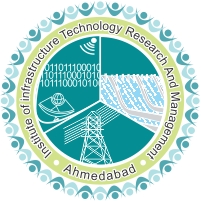Composition-driven structural phase transition in ferroelectric PbZrxTi1-xO3 across the morphotropic phase boundary
Authors :- Maity S.R.; Tiwari B.; Rath M.; Rao M.S.R.
Publication :- ournal of Solid State Chemistry, Volume 325, 2023, 124131.
Materials with coexisting ferroelectric, piezoelectric, and pyroelectric properties have taken a great scientific attraction owing to their potential technological applications. In this work, employing X-ray diffraction and Raman scattering measurements combined with a photoluminescence investigation at room temperature, we report a composition-driven structural phase transition in the ferroelectric PbZrxTi1-xO3 (PZT) system by tuning the Zr content close to the morphotropic phase boundary (MPB) in the range of 0.44≤x≤0.58. The Ti-rich compound (x = 0.44) crystallizes in a tetragonal structure while the Zr-rich compound (x = 0.58) belongs to the rhombohedral symmetry. The system exhibits a phase coexistence region composed of these tetragonal and rhombohedral phases in the vicinity of MPB for compositions with x = 0.50, 0.52, and 0.53. We reveal strong and systematic evolution of the Raman shift, Raman strength, and damping constants for the Raman active phonon modes associated with the aforementioned structural transition and the increased local disorder of Ti4+ or Zr4+ cations as a function of x. We further uncover a resonance Raman phenomenon with 633 nm (1.96 eV) excitation, enhancing the Raman strength and damping constants of certain low-lying transverse optical (TO) phonon modes in the Raman spectra. The photoluminescence emission spectrum shows evidence of in-gap energy levels that could be ascribed to self-trapped excitons, explaining the origin of the resonance Raman effect in PZT ceramics.

